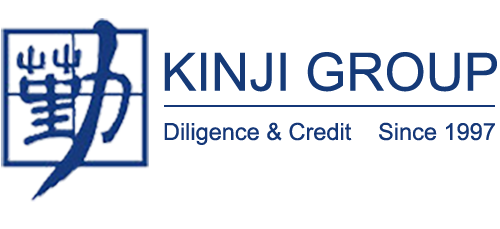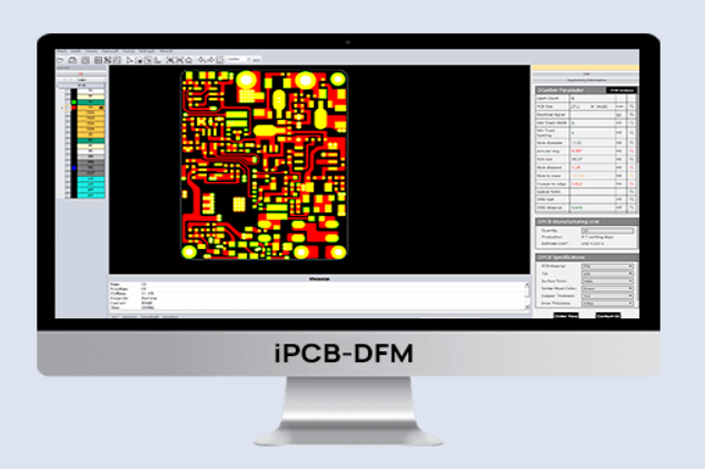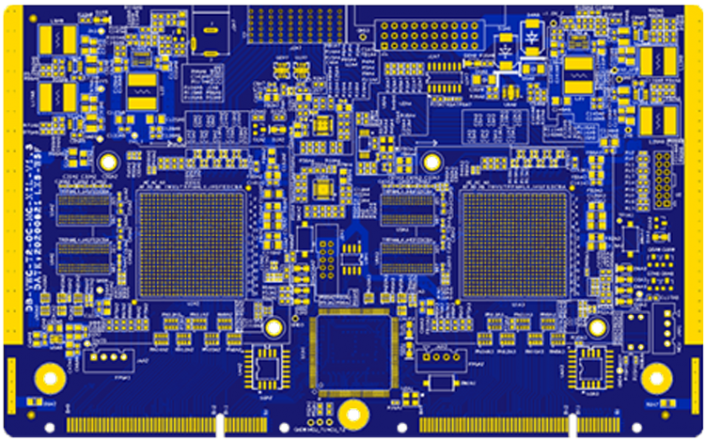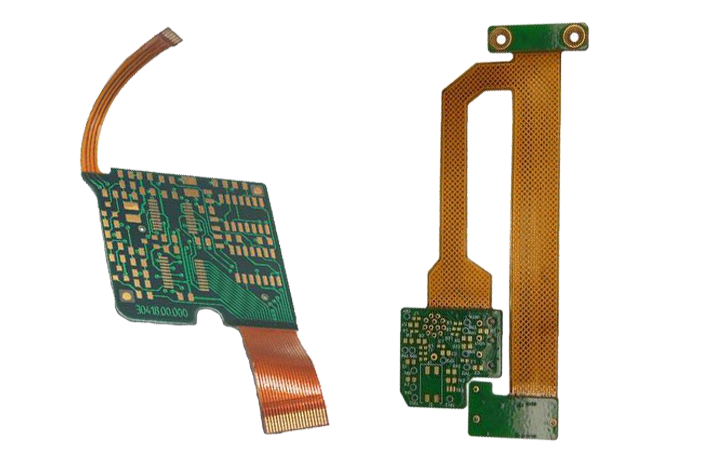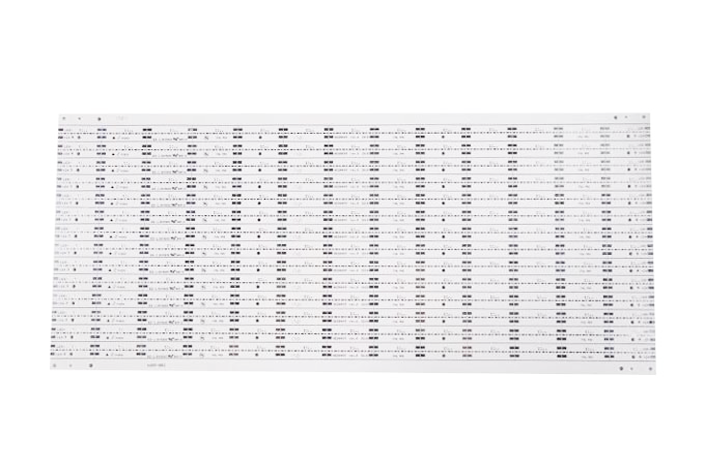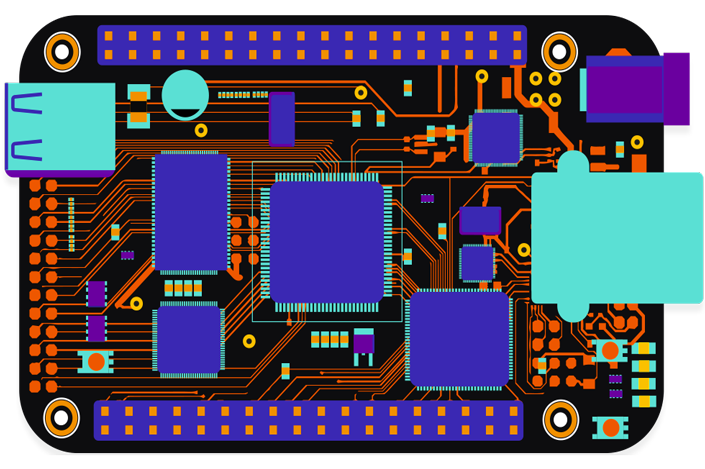aluminum pcb manufacturing process
July 26, 2022
We commonly use aluminum PCB in LED lights basically, aluminum substrates are increasingly widely used in automotive, lighting, and other industries will see their figure.
How is Aluminum PCB Made?
Aluminum PCB consists of metal-based seals covered by copper foil circuit layers. They are made of alloy plates that are a combination of magnesium, aluminum, and silumin (Al-Mg-Si).
Aluminum PCBs deliver good thermal potential, electrical insulation, and high machining performance, and they are different from other PCBs in numerous important ways.
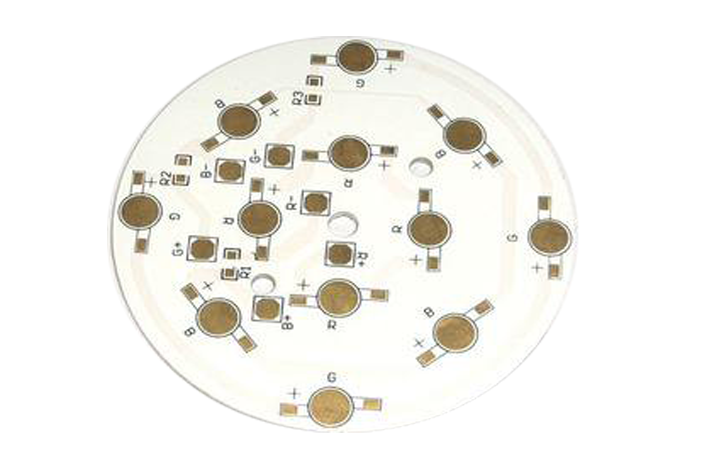
Base layer
This base consists of an aluminum alloy substrate. The use of aluminum makes this type of PCB a brilliant choice for through-hole technology which will be discussed later in this article.
Thermal insulation layers
This is a critically important module of the PCB. It contains a ceramic polymer that has excellent thermal resistance, and viscoelastic properties and defends the PCB against mechanical and thermal stresses.
Circuit layer
This layer contains the copper foil mentioned previously in this article. Mostly, PCB manufacturers use copper foils extending from one to ten ounces.
The dielectric layer of insulation absorbs heat as current flows through the circuits. This is transferred to the aluminum layer, where the heat is dispersed.
Achieving the highest light output possible results in amplified heat. PCBs with improved thermal resistance extend the life of your finished product. A skilled manufacturer will provide you with heat mitigation, superior protection, and part reliability.
Aluminum PCB Manufacturing Process
The manufacturing process of aluminum PCB with OSP surface finish: Cutting→Drilling→Circuit→Acid/alkaline etching→Solder Mask→Silkscreen→V-cut→PCB Test→OSP→FQC→FQA→Packing→Delivery.
The manufacturing process of aluminum PCB with HASL surface finish: Cutting→Drilling→Circuit→Acid/alkaline etching→Solder Mask→Silkscreen→HASL→V-cut→PCB Test→FQC→FQA→Packing→Delivery.
PCBpartner can provide the aluminum core PCB with the same surface finish process as FR-4 PCB: Immersion Gold / thin / silver, OSP, etc.
In the process of manufacturing an aluminum PCB, a thin layer of dielectric is added between the circuit layer and the base layer. This layer of dielectric is both electrically insulating, as well as thermally conductive. After adding the dielectric layer, the circuit layer or the copper foil is etched
It is worth noting that:
1. Put boards on the cage-shelf or separate them with paper or plastic sheets to avoid scratches during the transportation of the whole production.
2. Using a knife to scratch an insulated layer in any process is not allowed during the whole production.
3. For abandoned boards, the base material cannot be drilled but is only marked with “X” by an oil pen.
4. Total pattern inspection is a must because there is no way to solve the pattern problem after etching.
5. Conduct 100% IQC checks for all out-sourcing boards according to our company’s standards.
6. Gather all defective boards together (such as dim color & scratches of the AI surface) to be re-processed.
7. Any problem during production must be informed to related technical staff in time to be solved.
8. All processes must be strictly operated following requirements.
Aluminum PCBs are also known as metal base PCBs and are comprised of metal-based laminates covered by copper foil circuit layers. They are made of alloy plates that are a combination of aluminum, magnesium, and silumin (Al-Mg-Si).
Aluminum PCBs deliver excellent electrical insulation, good thermal potential, and high machining performance, and they differ from other PCBs in several important ways.
